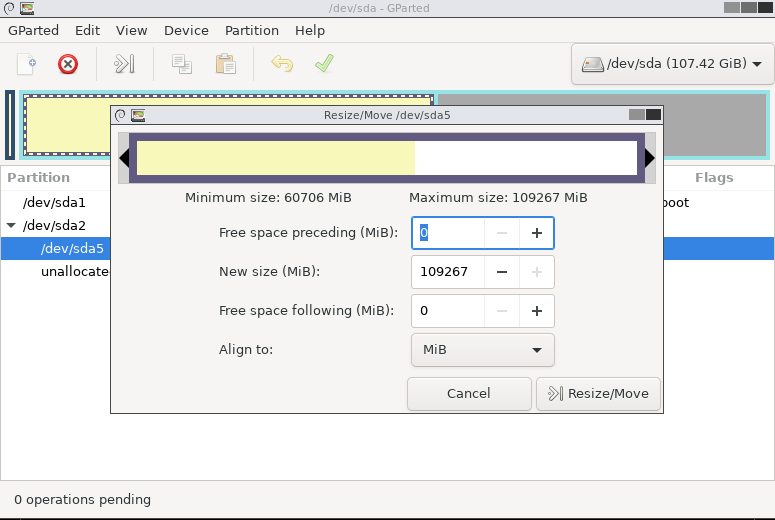

I/O size (minimum/optimal): 512 bytes / 512 bytes Sector size (logical/physical): 512 bytes / 512 bytes You can use fdisk -l to display information on all disks it sees or fdisk to interact with a specific disk: ~]$ sudo fdisk -lĭisk /dev/sda: 107.4 GB, 107374182400 bytes, 209715200 sectors Once you’re over 2 T, I’d treat it like a RO only and not use it to make edits. fdiskĪ venerable tool that continues to work fully as long as your disks are under 2 T in size. Tools and File systemsįirst, a quick mention of the tools and file systems available. I hope this article can be used as a source of modern, tested documentation for some common use cases.

I know I almost always go to the search results drawing board when I have to manage a disk, so it’s pretty infrequent, and have the same problems of sifting through documentation that will work and that which will. So far I’ve come across parted, fdisk, lvm and having varying degrees of success. What’s the current/preferreed tool to use? Linux peeps – trying to learn some disk management techniques: adding new volume, extending, etc. Unfortunately, as Jonathan Frappier points out, a lot of advice is either wrong, dated, or makes some poor assumptions along the way: Managing disks and partitions in Linux has changed quite a bit over time.


 0 kommentar(er)
0 kommentar(er)
